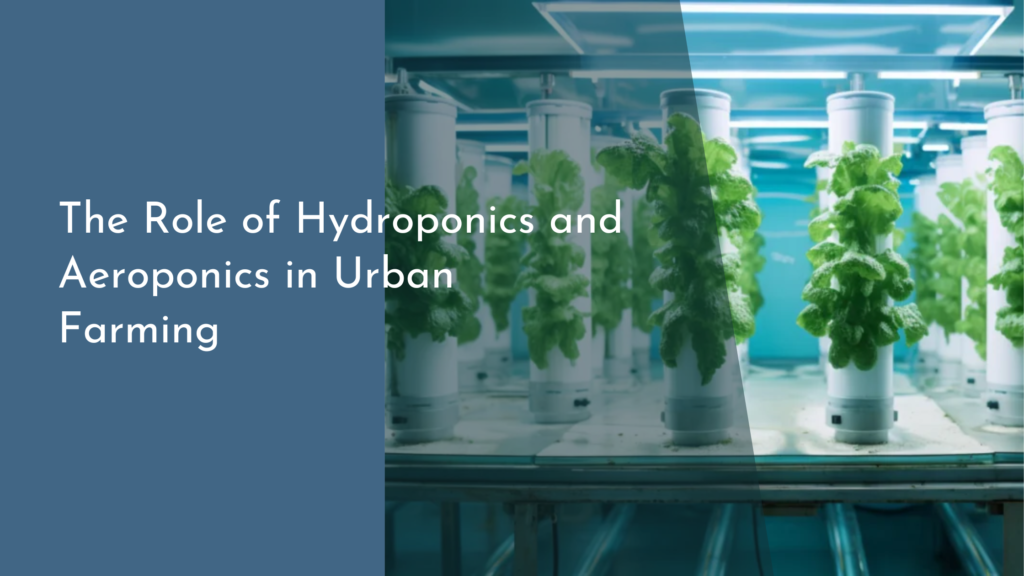Bioplastics as a Byproduct of Sustainable Fuel Processes
As society grapples with the implications of plastic pollution and fossil fuel dependency, innovative solutions are emerging at the intersection of sustainability and technology. Bioplastics—a class of materials derived from renewable sources—are gaining traction as viable alternatives to traditional plastics, while also serving a unique role in sustainable fuel production. This article explores the promising relationship between bioplastics and sustainable fuel processes, highlighting their dual benefits, innovations in production, environmental impacts, and future trends that pave the way for a greener planet.
Discovering the Dual Benefits of Bioplastics and Fuel
Bioplastics are made from natural materials, such as corn starch, sugarcane, and even agricultural waste. As the world shifts toward sustainable energy solutions, the production of bioplastics has begun to intertwine with sustainable fuel processes. When biomass is converted into biofuels, the leftover byproducts can be repurposed to create bioplastics. This not only maximizes the utilization of resources but also minimizes waste, showcasing the circular economy in action. The dual benefits of this synergy are clear: we can reduce our reliance on fossil fuels while simultaneously decreasing the environmental footprint of plastic production.
Moreover, the integration of bioplastics into sustainable fuel processes promotes the development of greener technologies. As more companies invest in biofuel research and production, the resulting bioplastics often possess enhanced properties, such as biodegradability and compostability. These attributes address some of the most pressing issues related to conventional plastics, offering consumers a more environmentally friendly choice. With each step forward, the collaboration between bioplastics and biofuels reaffirms the potential for sustainable practices to coexist and thrive.
How Sustainable Fuel Production Creates Bioplastic Innovations
Sustainable fuel production methods, including anaerobic digestion and fermentation, yield a variety of byproducts that can be converted into bioplastics. For instance, the fermentation of agricultural materials often results in lactic acid, which can be polymerized into polylactic acid (PLA)—a popular bioplastic used in packaging and disposable items. This innovation is not merely a theoretical concept; it is already being implemented in manufacturing processes around the globe. As technology advances, the efficiency of converting these byproducts into high-quality bioplastics continues to improve.
Furthermore, partnerships between fuel producers and plastics manufacturers are fostering a new wave of innovation. By collaborating on research and development, these industries are exploring novel methods for enhancing the properties of bioplastics, making them more versatile and cost-effective. The potential for creating high-performance materials from sustainably sourced feedstocks opens new markets and applications, from automotive components to consumer goods. As this sector evolves, the synergy between sustainable fuel and bioplastic production will likely lead to breakthroughs that benefit both the economy and the environment.
The Environmental Impact of Bioplastics in Our Daily Lives
Incorporating bioplastics into everyday products can significantly reduce our carbon footprint. Unlike their petroleum-based counterparts, bioplastics are often derived from renewable resources that absorb CO2 during their growth phase. This not only helps offset emissions but also promotes a more sustainable lifecycle for the materials we use. Additionally, because many bioplastics are biodegradable or compostable, they have the potential to alleviate the burden of plastic waste on landfills and oceans, contributing to cleaner ecosystems.
Consumers are increasingly becoming aware of the environmental implications of their choices. As bioplastics enter the market in various forms—ranging from packaging materials to disposable utensils—people are more inclined to choose products that align with their values of sustainability. The shift towards bioplastics can lead to a collective positive impact on the planet, as it encourages manufacturers to adopt greener practices and innovate further. By making informed choices in their daily lives, consumers can actively participate in the movement toward a more sustainable future.
Future Trends: Bioplastics Leading the Green Revolution
The future of bioplastics is bright, with trends indicating a growing demand for eco-friendly materials as regulations on plastic use tighten worldwide. Innovations in bioplastic technology are anticipated to accelerate, driven by the urgency to combat climate change and pollution. Researchers are exploring advanced bioprocessing techniques that allow for the production of high-performance bioplastics from a wider array of feedstocks, including waste materials. This not only enhances the sustainability of production but also opens doors to new applications across various industries.
Moreover, as consumer awareness continues to rise, companies are likely to embrace bioplastics not just as a sustainable alternative but as a market differentiator. With brands striving to enhance their eco-credentials, we can expect a proliferation of products featuring bioplastics, from packaging to durable goods. This trend will not only foster a culture of sustainability but also create a competitive landscape that challenges traditional plastics, driving further innovation. As bioplastics take center stage in the green revolution, they hold the promise of reshaping our relationship with materials and the environment for generations to come.
As we move forward in our quest for sustainability, bioplastics as a byproduct of sustainable fuel processes present a hopeful solution to some of the most pressing environmental challenges of our time. The synergy between these two industries not only maximizes resource efficiency but also fosters innovation and enhances consumer choices. By embracing bioplastics, we can contribute to a cleaner and greener world, one product at a time. With a collective commitment to sustainability, the future looks bright, and the potential for positive change is limitless.

